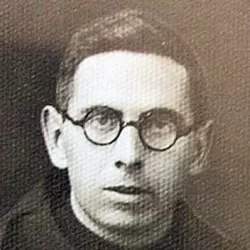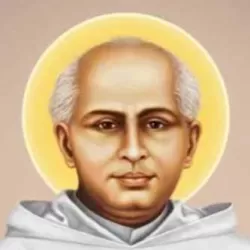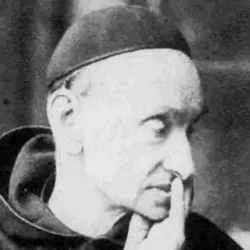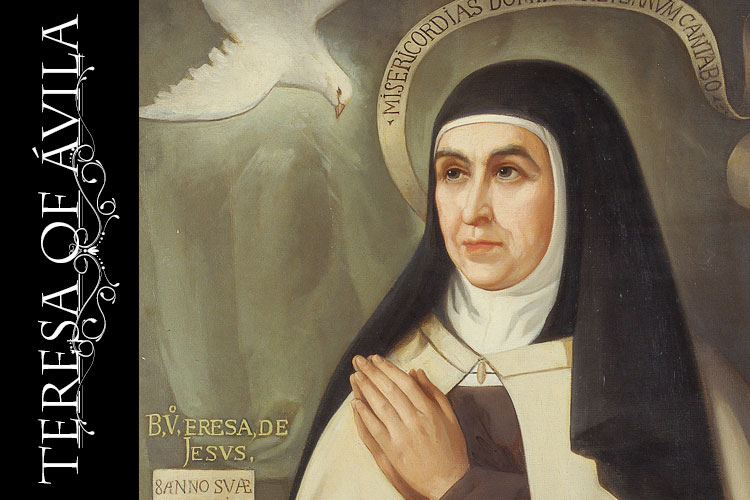Author
Author: Jordan Aumann, O.P.
Santa Teresa de Jesús by Eduardo Balaca, Public Domain, via Wikimedia
We should desire and engage in prayer, not for our enjoyment, but for the sake of acquiring the strength which fits us for service.
Jordan Aumann, O.P.
When Pope Paul VI proclaimed St. Teresa of Ávila the first woman Doctor of the Church on September 27, 1970, he selected one of her many titles as the basis for conferring that honor on her: Teresa of Ávila, Teacher of Prayer. The same sentiment was expressed by Pope John Paul II in a letter to the Superior General of the Discalced Carmelite Friars to mark the fourth centenary of the death of Teresa:
Teresa considered that her vocation and her mission was prayer in the Church and with the Church, which is a praying community moved by the Holy Spirit to adore the Father in and with Jesus “in spirit and in truth” (Jn 4:23).... Saint Teresa considered the life of prayer to be the greatest manifestation of the theological life of the faithful who, believing in the love of God, free themselves from everything to attain the full presence of that love (L’Osservatore Romano, English edition, November 9, 1981).
In all of her major works—The Life, The Way of Perfection, The Interior Castle—St. Teresa explains the practice of prayer. And it is noteworthy that she did not begin to write until she was 47 years old, after her second conversion and when she was already well-versed in the practice of prayer. Her teaching flows from her own experience and not from books on prayer. She does, however, acknowledge her indebtedness to two authors: Francisco de Osuna, the author of The Third Spiritual Alphabet, and Bernardino de Laredo, the author of The Ascent of Mount Sion. The book by Osuna treated of the prayer of recollection, and St. Teresa states that she was "delighted with the book and resolved to follow that way of prayer with all my might" (cf. The Life, chap. 4). The treatise by Laredo described the prayer of union, to which St. Teresa had attained "after almost twenty years of experience in the practice of prayer" (cf. The Life, chap. 23)
As we have noted, Teresa began writing her first work, The Life, at the age of 47, and she finished it three years later. In that same year (1565) she began The Way of Perfection, since the nuns of the first monastery of the reform has asked her to teach them about mental prayer. In these first two works, St. Teresa concentrates on the ascetical grades of prayer, but in The Interior Castle, written when she was 62 years old, she gives detailed descriptions of the mystical grades of prayer. Thus, in the Second Mansions of The Interior Castle she says: "I want to say very little to you about [the prayer of the Second Mansions] because I have written of it at length elsewhere."












